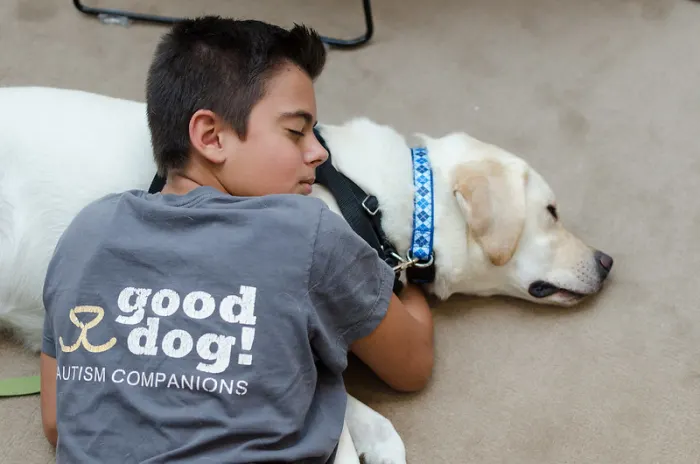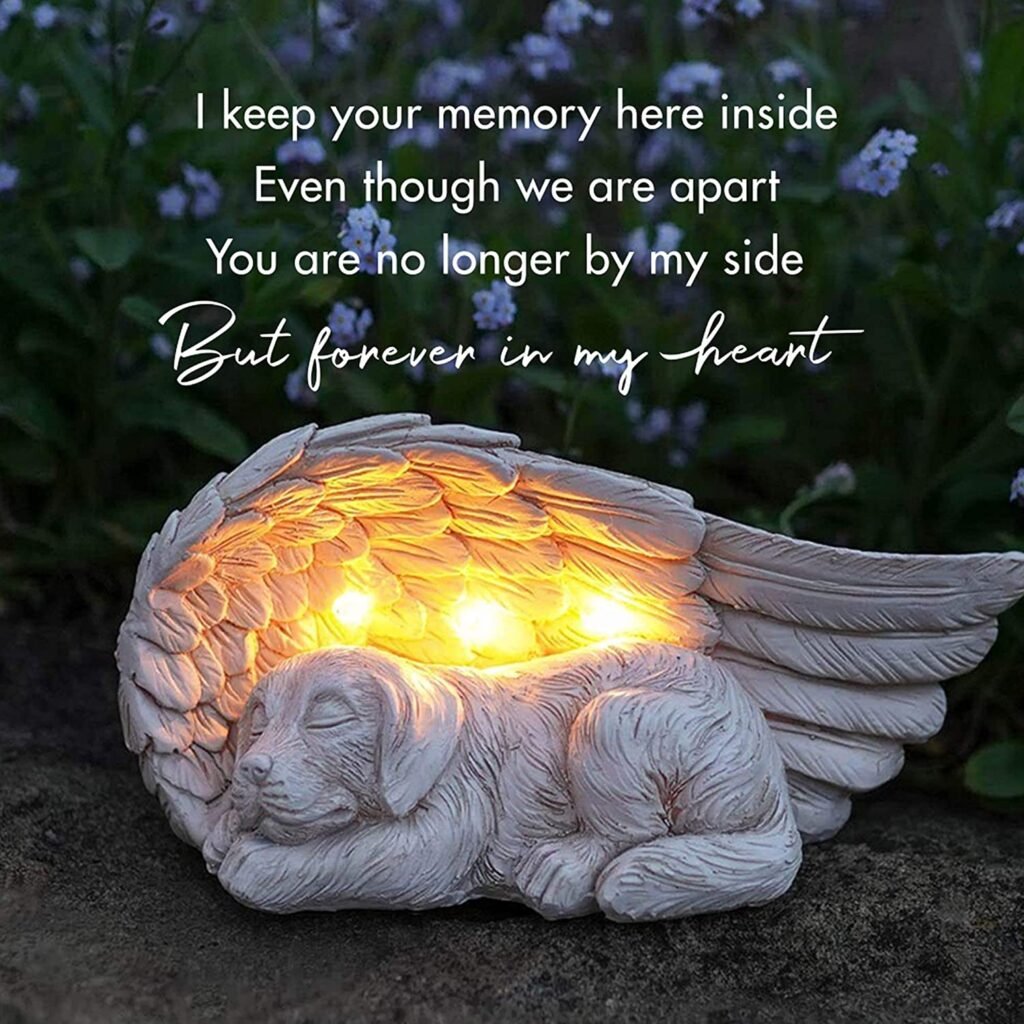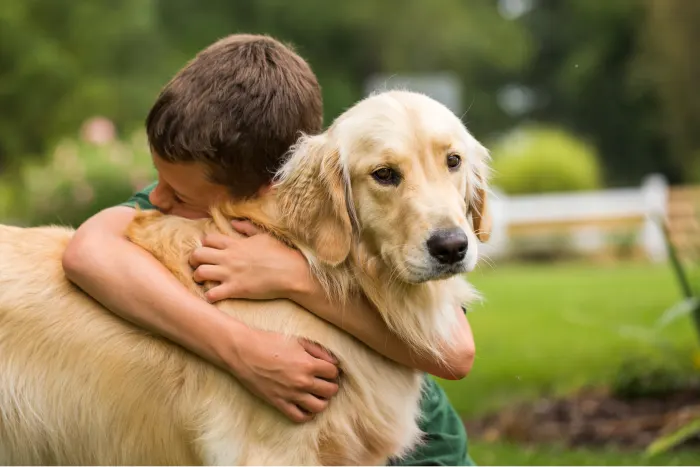1. Create a jar of memories
One lovely idea – if your family is up for a bit of paper folding! – is to create a series of
origami hearts (here’s a great tutorial) and write a different memory about your pet inside each heart.
Whenever one of you feels sad, from the littlest to the biggest in your family, you can pull a heart from the jar and read the special memory. This activity can help to get children talking about their favourite happy memories and offer comfort for years to come.
2. Frame a favourite picture of your pet
Although some people find it difficult to look at photographs of a loved one after they have died, it’s worth asking your children whether they would find it comforting to have a picture of their pet near them.
Perhaps your child would like a favourite photo in a special frame on their bedside table or on a bookshelf? Would they like to decorate the frame?
3. Put together a memory box
Choose a box of some kind, whether it’s a shoebox that your children can decorate or something more permanent, and get everyone in the family to add mementoes of your pet. This could include their favourite blanket, toy, hairbrush, collar, lead, photos and other items.
Like the jar of memories, you could write down some of your happiest or funniest memories and add them to the memory box too.
This will be a box to open up and rediscover during times of grief and reflection.
4. Create a tribute video or slideshow
Again, this won’t sit comfortably with anyone who finds it tough looking through old photos and videos, but many families take satisfaction from editing together old videos or photos to create a highlight reel of their pet’s life set to a favourite or meaningful song.
Free video editing software such
Open Shot or slideshow creators such as
Adobe Express help to make this process as easy as possible. Knowing how technologically adept most children are, we are sure this is something your kids can help with/do!
5. Make a memory bracelet or string of beads
Another lovely idea is to buy a selection of mixed beads and give your children the opportunity to make a special memory bracelet or string of ‘meditation’ beads. Each bead could have a special significance – for example:
- A bead that’s the same colour as your pet’s fur, feathers or scales
- A bead that’s the colour of your pet’s favourite toy
- A bead that represents the time of year/month your pet was born
- A bead that makes your children think of their happiest memory with your pet
- A bead that best represents your pet’s personality
- A bead that reflects the love they feel for your pet
- And so on….
This is a memorial that can be worn and touched to bring back the associations with each bead.
6. Paint a stone
The next time you’re somewhere with lots of pebbles, go on the lookout for some smooth, flat(ish) stones that you can each paint with words, paw prints or pictures to memorialise your animal friend.
You can also buy smooth beach rocks for crafting on sites like eBay.
If your pet is buried in the garden, you could lay the stones around their grave. Alternatively, the stones could sit on a shelf indoors as a reminder of your pet’s presence.
Another idea is to paint the rocks and then hide them in your local area with your name on the back and the message “Share on
FB Here’s an article about rock sharing in Nottingham as just one example.
This is a beautiful way to tell other people about a special pet and bring a smile to their face when they find the rock.
7. Colour a patchwork heart
Another idea for creative family members is to draw and colour a patchwork heart that depicts what you each most loved about your pet when they were alive. Give each characteristic, activity or memory a different colour and make the patches as big or as small as you want. Every heart will be unique.
For example, your heart could feature a big red patch depicting how much you loved it every time your dog wagged his tail or a big green patch for when your cat loved to sunbathe in the garden. There could be a blue patch for all the times your dog jumped into water when he shouldn’t or how he loved splashing in a paddling pool in the summer.
You can add a key underneath the heart to remind you what each colour means.
8. Write a thank you letter to your pet
When a pet dies, it’s inevitable that our hearts turn to what we have lost. You might be questioning whether it’s worth the pain or whether you were wrong to expose your children to the inevitable grief that comes with our pets’ short lifespans.
A thank you letter to your pet can be a powerful way for you and your children to acknowledge what you gained from having loved your pet rather than what you have lost.
From companionship and cuddles to laughter and occasional embarrassment, encourage your children to write down everything they would like to thank their companion for doing and being.
9. Plant something
If you have the space in your garden, you could create a little memorial area for your pet where you and the kids plant a special bush, tree or flowers. The act of having something to tend or seeing something grow and flourish with your care can be very comforting after a loss.



